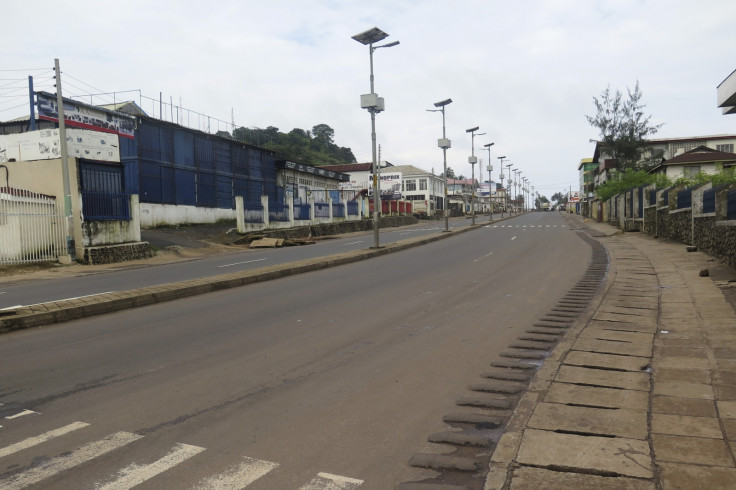Ebola: Leaked CDC Report Projects Half a Million Cases By January

A Centers for Disease Control and Prevention report to be released next week projects 550,000 Ebola cases by January under prevailing conditions with no further aid or intervention by relief agencies.
Quoting anonymous sources, Bloomberg reports that the CDC projection is under review by researchers and is subject to change.
A more sober estimate was predicted in the PLOS [Public Library of Science] where a study by the Arizona and Harvard universities put the Ebola cases in West Africa at 6,800 by the end of the month if new control measures are not taken.
At present, there are 5,300 cases while the death toll is 2,600.
The research also discovered that the rate of rise in cases was most at times when mass quarantine was put in place in Liberia and Guinea.
Poor living and hygiene conditions triggered riots during such periods and indicate people went underground in attempts to procure food and water.
Sierra Leone has begun a similar process since Friday where all citizens have been asked to stay at home when around 7,000 volunteers would go from door to door educating people on Ebola.
"There may be other reasons for the worsening of the outbreak spread, including the possibility that the virus has become more transmissible, but it's also possible that the quarantine control efforts actually made the outbreak spread more quickly by crowding people together in unsanitary conditions," Sherry Towers, research professor for the ASU Simon A Levin Mathematical, Computational and Modelling Sciences Center (MCMSC), said.
With no treatment available, the disease calls for better hygiene, effective quarantine and social distancing as the only ways to control the spread, the researchers said.
The analysis examines the local rates of exponential rise to estimate how the number of cases of reproduction appears to be changing over time.
Calculations showed a range of 6,800 predicted new cases at the upper end of the spectrum and 4,400 on average.
© Copyright IBTimes 2024. All rights reserved.





